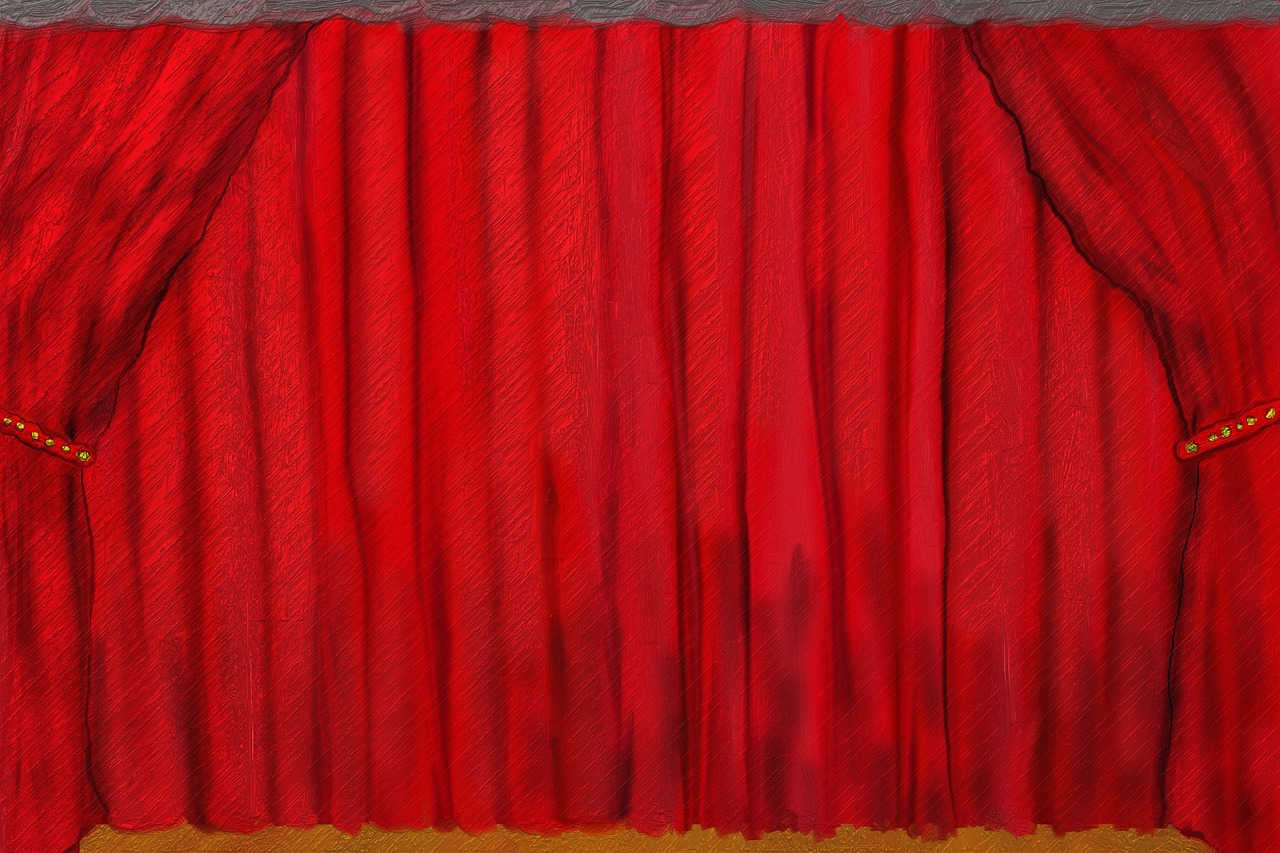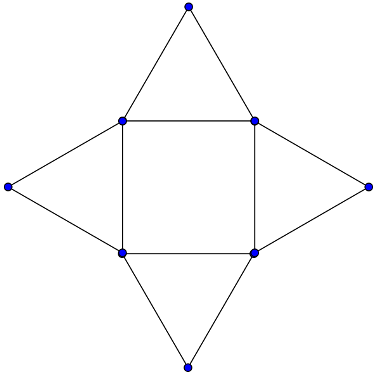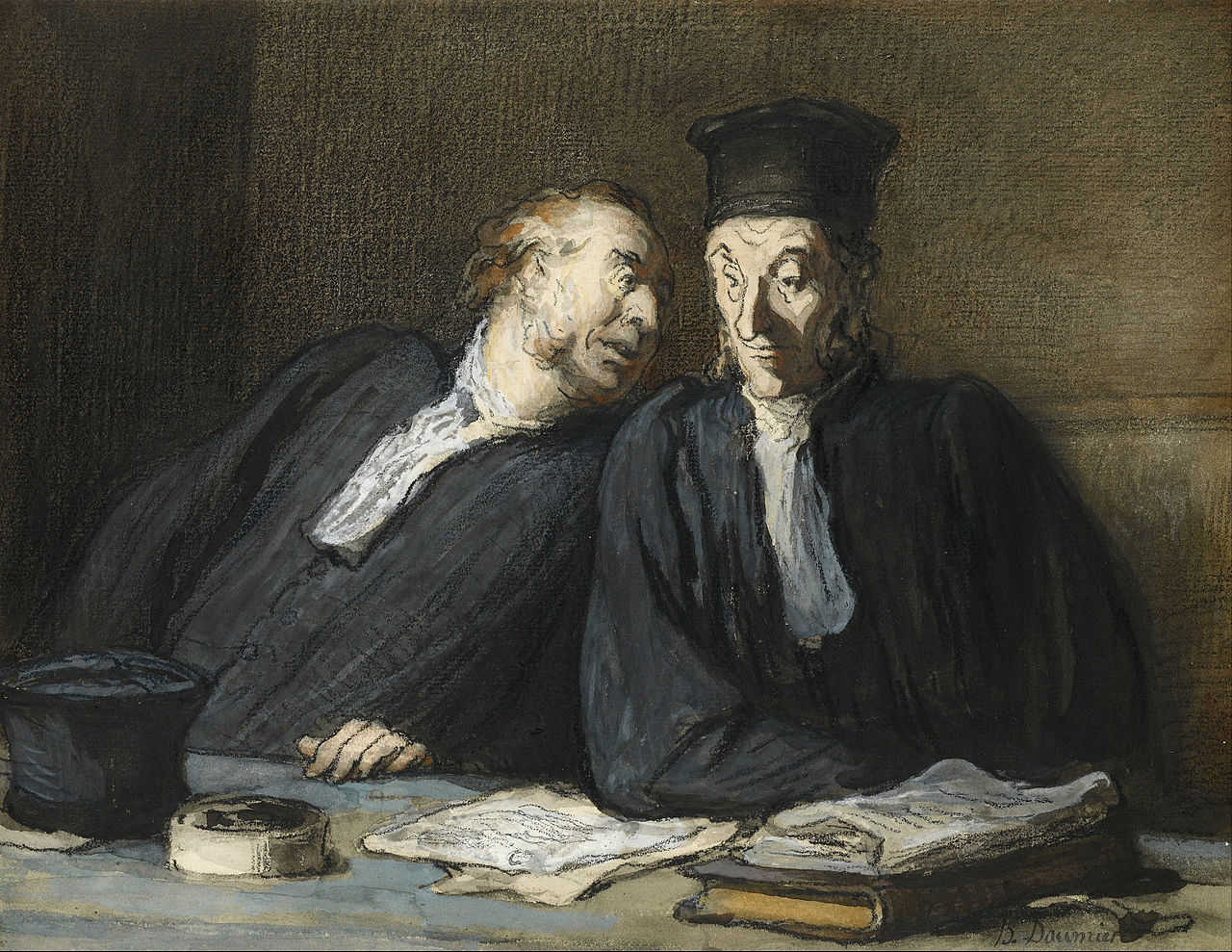
C.A. Lejeune wrote of The Iceman Cometh, “It is longeth and it stinketh.”
The New York Post titled its review of a new Clifford Odets play: ODETS WHERE IS THY STING?
Walter Kerr after the Broadway opening of I Am a Camera: “Me no Leica.”
Of a 1920s play whose author happened to be a vicar of Brockenhurst, the Daily Graphic’s critic wrote that it was “the best play ever written by a vicar of Brockenhurst.”
George Jean Nathan on a 1920s musical: “I’ve knocked everything in this show except the chorus girls’ knees, and there God anticipated me.”
Brooks Atkinson on First Impressions, a 1959 musical version of Pride and Prejudice: “Farley Granger played Mr. Darcy with all the flexibility of a telegraph pole.”
Walter Kerr on Jay Robinson in Buy Me Blue Ribbons: “Mr. Robinson has delusions of adequacy.”
John Mason Brown on a 1937 production of Antony and Cleopatra: “Tallulah Bankhead barged down the Nile last night as Cleopatra and sank.”
Nathan on Maureen Stapleton’s opening in 1953’s The Emperor’s Clothes: “Miss Stapleton played the part as though she had not yet signed the contract with the producer.”
Dorothy Parker on a 1931 Empire Theatre production: “The only thing I didn’t like about The Barretts of Wimpole Street was the play.”
George S. Kaufman on Gertrude Lawrence in Skylark: “A bad play saved by a bad performance.”
A critic wrote that that Wilfrid Hyde-White had spent one West End performance “prowling round the stage looking for laughs with the single-mindedness of a tortoise on a lettuce-hunt.”
Max Beerbohm once had to greet a great Edwardian actress after watching her give a tedious performance. Thinking quickly, he said, “Darling! Good is not the word!”






